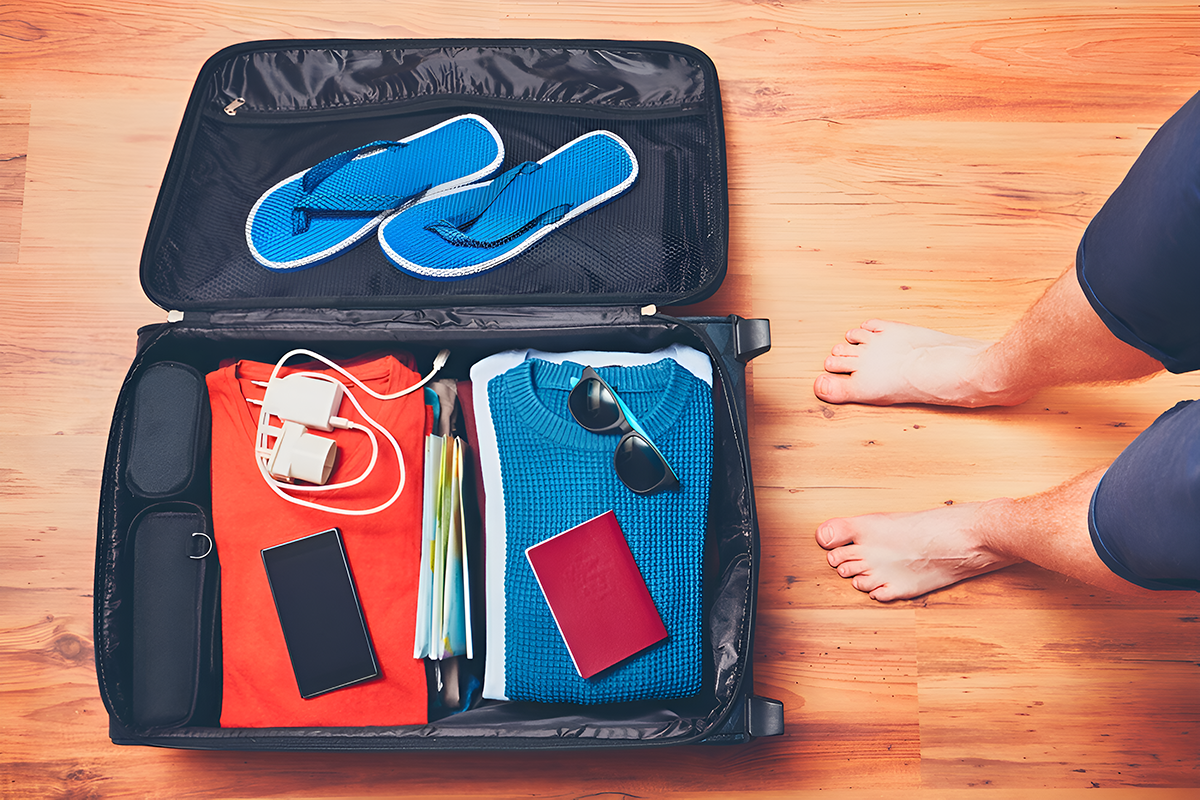In today’s digital world, traveling without your electronics—laptops, tablets, cameras, or power banks—is nearly unthinkable. But airport security can be tricky, especially with constantly changing TSA regulations. To avoid delays, confiscations, or last-minute stress, it’s crucial to know the rules and pack smartly.
This guide covers everything you need to know about traveling with electronics, from TSA policies to pro tips that will make your security screening a breeze.
1. TSA Rules for Traveling with Electronics

Laptops & Large Electronics
- Must be removed from your bag at security checkpoints (in the U.S. and most international airports).
- Place them in a separate bin for X-ray screening.
- TSA PreCheck members can often leave laptops in their bags if using an approved checkpoint.
Tablets, E-Readers, & Handheld Consoles
- Smaller than a laptop? Usually, they can stay in your bag, but some airports may require them to be screened separately.
- If in doubt, follow the “larger than a cell phone” rule—if it’s bigger, take it out.
Smartphones & Small Devices
- Can typically stay in your bag unless instructed otherwise.
- International airports (especially in Europe & Asia) may have stricter rules—always check ahead.
Power Banks & Portable Chargers
- Allowed in carry-on only (not checked luggage) due to lithium-ion battery fire risks.
- Capacity limit: Must be under 100 watt-hours (Wh) for most airlines. Some allow up to 160Wh with approval.
Camera Equipment
- DSLR cameras & lenses usually need to be screened separately.
- Film cameras? Request a hand inspection to avoid X-ray damage.
Other Gadgets (Drones, Gaming Consoles, etc.)
- Drones: Check airline policies—some restrict lithium batteries.
- Gaming consoles (Nintendo Switch, Steam Deck) follow tablet rules.
2. Pro Tips for Smooth Security Screening
Use a TSA-Friendly Electronics Bag
- A dedicated electronics organizer with separate compartments speeds up security checks.
- Sleeve-style laptop bags allow easy removal without fully unpacking.
Keep Cables & Accessories Tidy
- Use cable organizers or a small pouch to avoid tangled wires triggering additional screening.
Charge Your Devices Before Flying
- Some airports (especially in the U.S.) may ask you to power on your electronics to prove they’re real.
Know International Variations
- UK & EU airports sometimes require all electronics out of bags.
- Middle East & Asia may have stricter power bank limits—check before flying.
Protect Your Data
- Enable encryption in case of inspection.
- Consider a privacy screen for prying eyes.
3. What NOT to Do with Electronics at Airport Security
Don’t pack electronics in checked luggage (especially lithium batteries).
Don’t forget to label your devices in case they get lost.
Don’t assume all airports have the same rules—always verify before flying.
Final Thoughts
Traveling with electronics doesn’t have to be stressful if you follow TSA guidelines and pack smartly. By organizing your gadgets, knowing the rules, and preparing for security checks, you can breeze through the airport without delays.
Pro Tip: If you’re a frequent flyer, consider TSA PreCheck or Global Entry for faster screening.
Have any electronics travel tips of your own? Share them in the comments!
